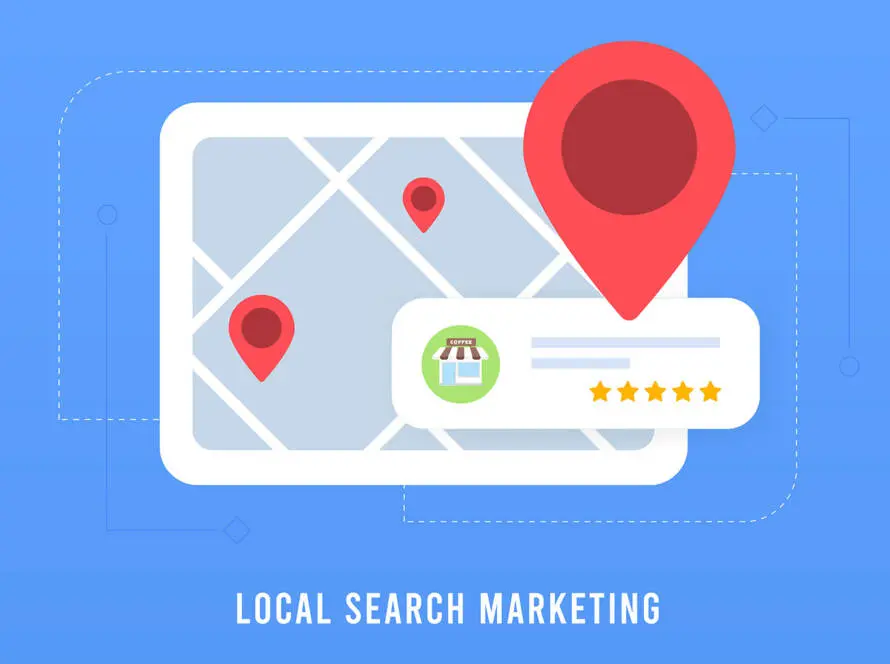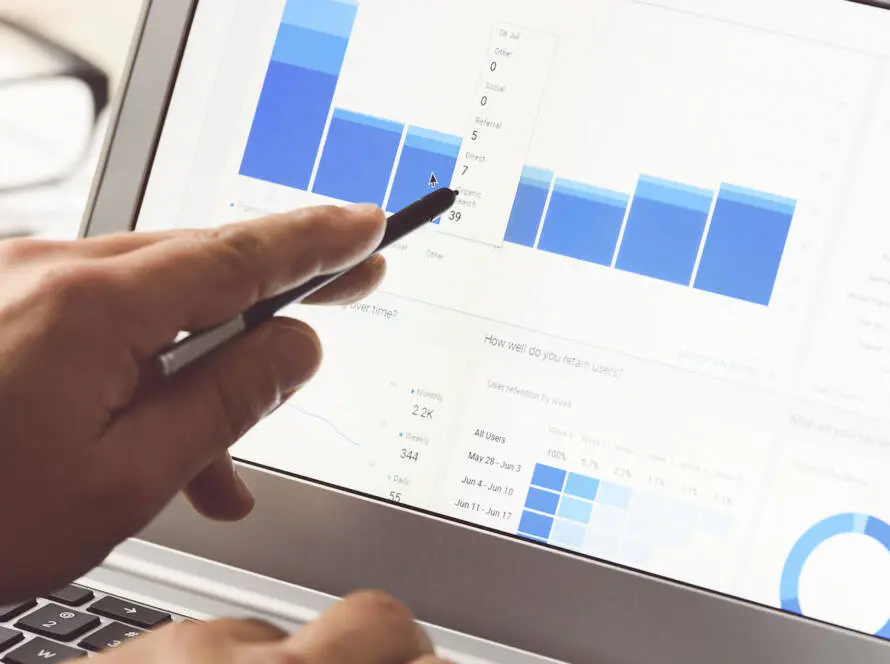In today’s digital age, businesses are constantly seeking effective ways to drive traffic, generate leads, and boost sales. A powerful advertising tool is Google Ads. However, knowing when and how to use it can be the difference between a successful campaign and a wasted budget. In this article, we will explore when your business should use Google Ads, the benefits it offers, and the key considerations to keep in mind.
When Should Your Business Use Google Ads?
- Launching a New Product or Service If you are introducing a new product or service, Google Ads can help you quickly reach potential customers. By targeting specific keywords related to your new offering, you can create awareness and drive initial interest.
- Competing in a Competitive Market In highly competitive industries, organic search results may take time to achieve. Google Ads allows you to gain visibility on the search engine results page (SERP) almost immediately. This is particularly useful if you are up against established players and need to gain traction quickly.
- Promoting Time-Sensitive Offers For special promotions, sales events, or limited-time offers, Google Ads provides a platform to generate urgency and drive immediate action. You can set up campaigns to align with specific dates and track performance in real-time.
- Targeting a Local Audience If your business caters to a local market, Google Ads offers geo-targeting features that allow you to focus on specific geographic areas. This ensures that your ads are seen by potential customers in your vicinity, improving the relevance and efficiency of your ad spend.
- Enhancing Brand Visibility Even if you are not directly selling products or services, Google Ads can be used for brand awareness campaigns. By appearing at the top of search results or on relevant websites, you can increase your brand’s visibility and recognition.
Benefits of Using Google Ads
- Highly Targeted Advertising: Google Ads allows you to target specific demographics, interests, and behaviors. You can create ads that are tailored to users based on their search queries, location, device, and more. This precision helps in reaching the right audience with the right message.
- Immediate Results: Unlike organic SEO, which can take months to yield results, Google Ads provides instant visibility. Once your campaign is live, your ads can start appearing in search results and on relevant websites immediately.
- Flexible Budgeting: Google Ads operates on a pay-per-click (PPC) model, meaning you only pay when someone clicks on your ad. This allows for flexible budgeting and control over your ad spend. You can set daily or monthly budgets and adjust them based on campaign performance.
- Detailed Analytics: Google Ads offers comprehensive analytics and reporting tools. You can track various metrics such as clicks, impressions, conversion rates, and cost-per-click (CPC). This data helps in optimizing your campaigns and improving your ROI.
- Variety of Ad Formats: Google Ads supports a range of ad formats, including text ads, display ads, video ads, and shopping ads. This variety allows you to choose the format that best fits your marketing goals and target audience.
Considerations and Things to Be Aware Of
- Keyword Research: Effective keyword research is crucial for a successful Google Ads campaign. Choosing the right keywords ensures your ads appear for relevant searches. Use tools like Google Keyword Planner to identify high-performing keywords and avoid overly competitive or irrelevant ones.
- Quality Score: Google Ads uses a Quality Score to determine the relevance and quality of your ads and landing pages. A higher Quality Score can lead to lower CPC and better ad placements. Ensure your ad copy, keywords, and landing pages are aligned and provide a good user experience.
- Ad Spend Management: While Google Ads offers flexibility in budgeting, it is important to manage your ad spend effectively. Set clear goals and monitor your campaigns regularly to avoid overspending. Use bidding strategies that align with your objectives, whether it is maximizing clicks, conversions, or impressions.
- Competitive Bidding: In competitive markets, bidding on popular keywords can be expensive. Keep an eye on your competition and adjust your bidding strategy accordingly. Consider using long-tail keywords or niche targeting to reduce costs and improve ad relevance.
- Landing Page Optimization: The effectiveness of your ads also depends on the quality of your landing pages. Ensure that your landing pages are relevant to the ad content, load quickly, and provide a clear call-to-action. A well-optimized landing page can significantly impact your conversion rates.
- Ad Fatigue: Over time, your audience may become less responsive to the same ads. Regularly update your ad creatives and messaging to keep your campaigns fresh and engaging. This can help maintain high click-through rates and prevent ad fatigue.
Conclusion
Google Ads can be a highly effective tool for driving traffic, generating leads, and increasing sales, but success requires careful planning and management. By understanding when to use Google Ads, leveraging its benefits, and addressing potential pitfalls, you can create a powerful advertising strategy that delivers tangible results. Whether you are launching a new product, targeting a local audience, or simply aiming to boost brand visibility, Google Ads offers the flexibility and precision needed to achieve your business goals.



